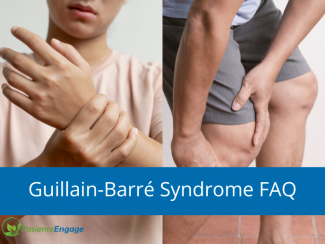
What happens when doctors and family members don’t agree and you don’t have a living will? Lawyer Lyn Boxall describes scenarios in the US, Singapore and the UK.
What is a living will
In the US and Singapore, a person can make a ‘living will’ – officially, an ‘advance medical directive’. In Singapore, it’s a document that a person signs and that applies when the person is terminally ill and unconscious or incapable of making a rational decision. It instructs their treating doctor that they do not want any artificial means of prolonging their life (for example, use of an artificial respirator) where there is clearly no hope of finding either a temporary or permanent cure. The nature, scope and procedure of the equivalent law in the US differs in some substantial ways from that in Singapore, but in both cases the ‘living will’ provides for the patient’s clear refusal to consent to artificial means of prolonging life.
The case of Karen Ann Quinlan
The idea of a living will came up after the well-publicised case in the US of Karen Ann Quinlan. She was 21 years old in 1975 and, after a night of alcohol and tranquillisers, she passed out and ceased breathing for two 15 minute periods, leaving her in a ‘persistent vegetative state’. Her father wanted to remove her from the artificial respirator. Her treating doctor and the hospital refused to do so. Her father filed suit to be appointed her guardian so that he could act on her behalf. Ultimately, the court decided that he could authorise her being taken off the ventilator and that the hospital must implement his decision. (After removal from the ventilator, she continued to breathe for several years and then died of pneumonia.)
How the US court decides end-of-life treatment
In the US, if a court must decide about continuing treatment it applies a ‘substituted judgment’ test: it looks for evidence about what the patient would do if they had been conscious for a brief moment to be informed of their condition. The court seeks the views of the patient’s family and friends to enable it to form a view that it thinks best coincides with what the patient would have done. Then the court gives or withholds consent to the treatment in line with what it decides the patient would have done.
How it works in the UK
In England, which Singapore follows, the doctors must treat the patient according to what they think is in the best interests of the patient. The courts point out that the best interests of the patient may not be the best interests of the patient’s spouse or children, for example, and that the patient’s view of their best interests may not be shared by the doctors, which is strictly a medical one, that is expected to be professionally formed. For example, while a patient herself or himself might think that it would be in their best interests not to have any treatment that might incur heavy financial costs to their family, the doctors concentrate on the medical aspects of treatment. The outcome is that although the opinions and sentiments of the patient’s family ought to be sought, they are not binding on the doctors (or on the court if the doctors seek clarification from the court).
People who read this also read these:
http://www.patientsengage.com/news-and-views/last-days
http://www.patientsengage.com/news-and-views/treatment-decision-singapore






